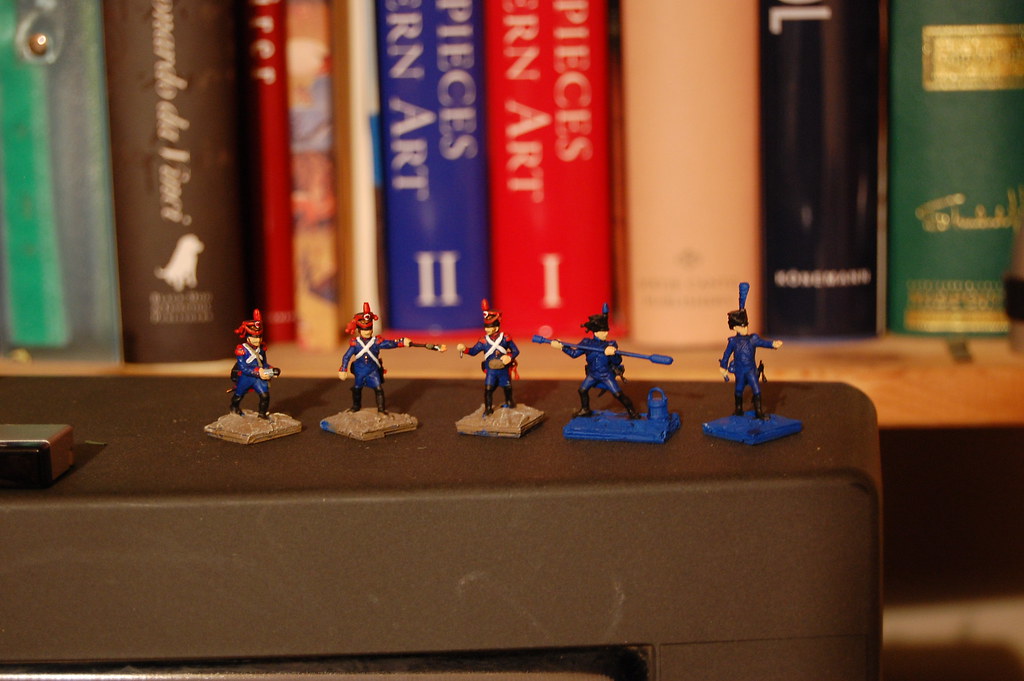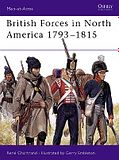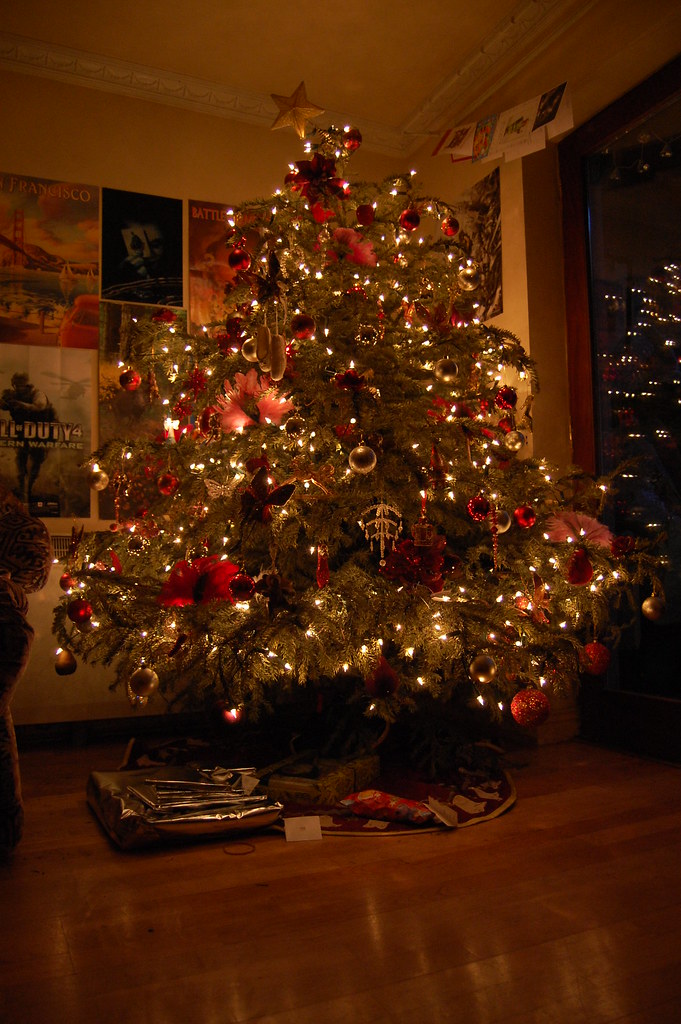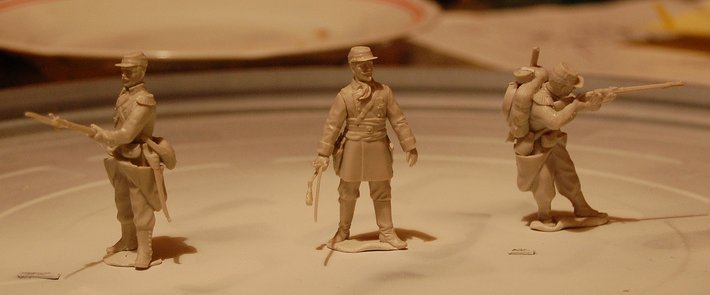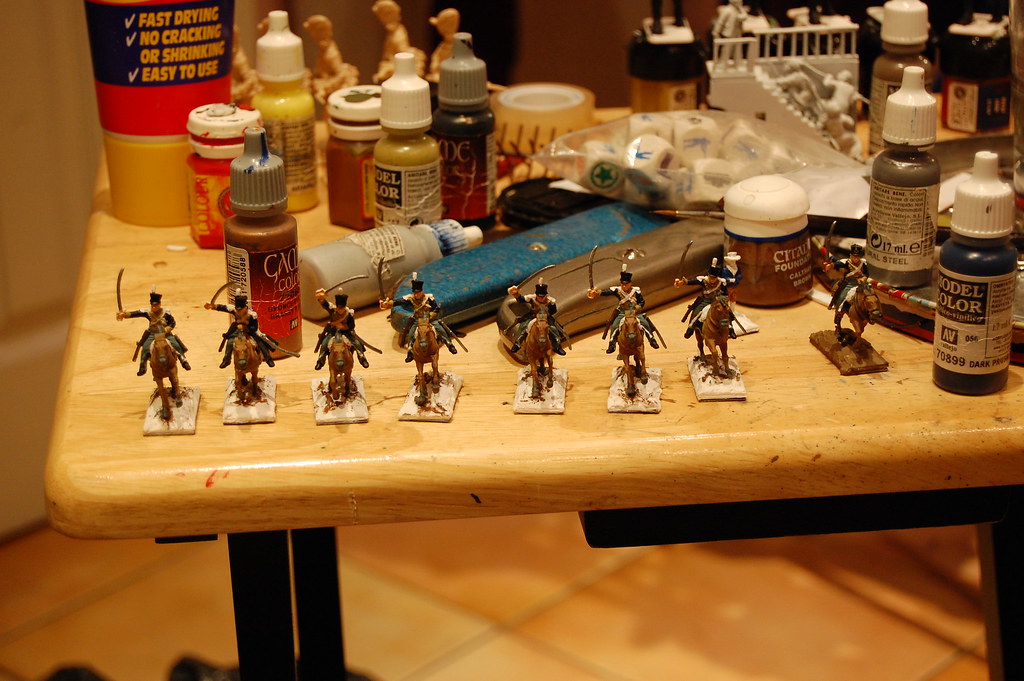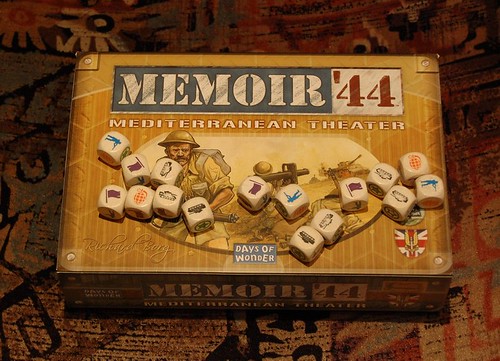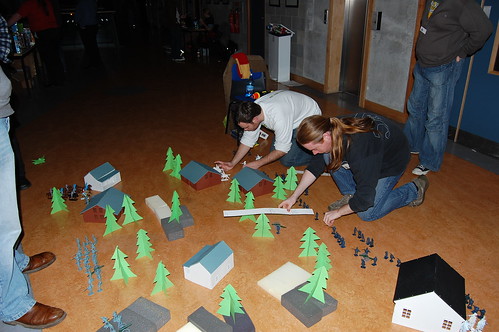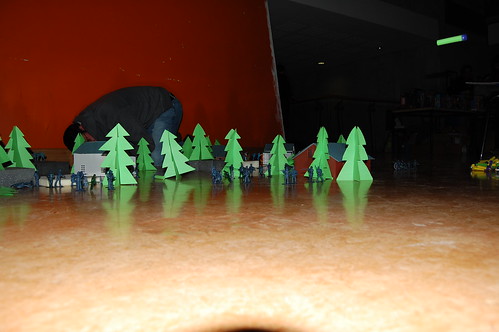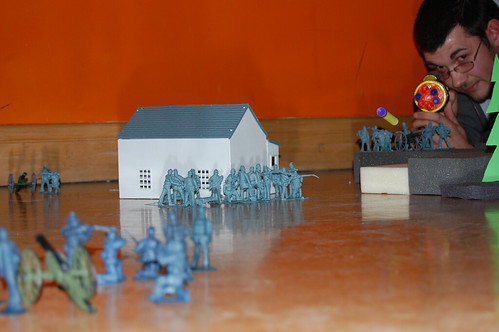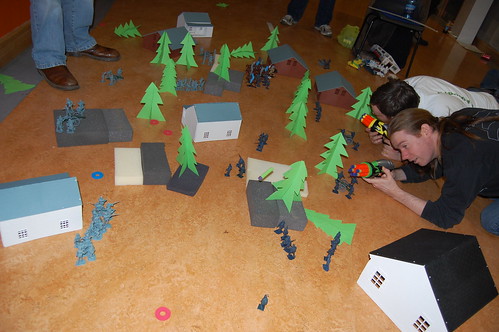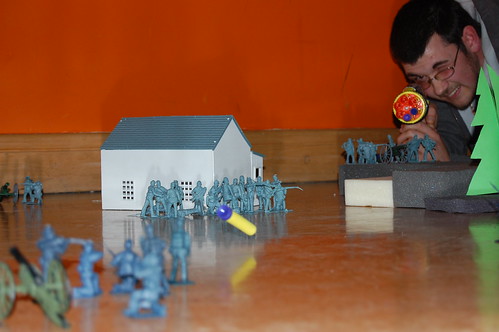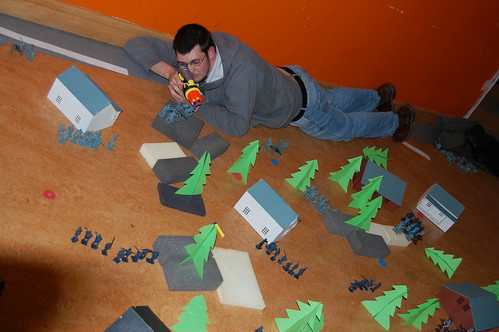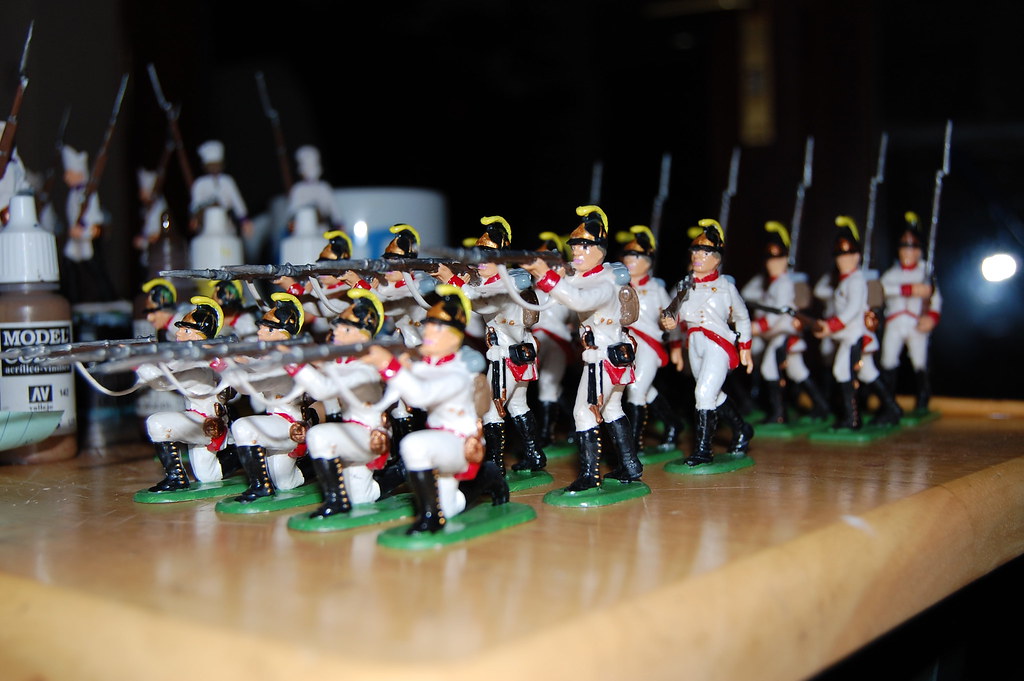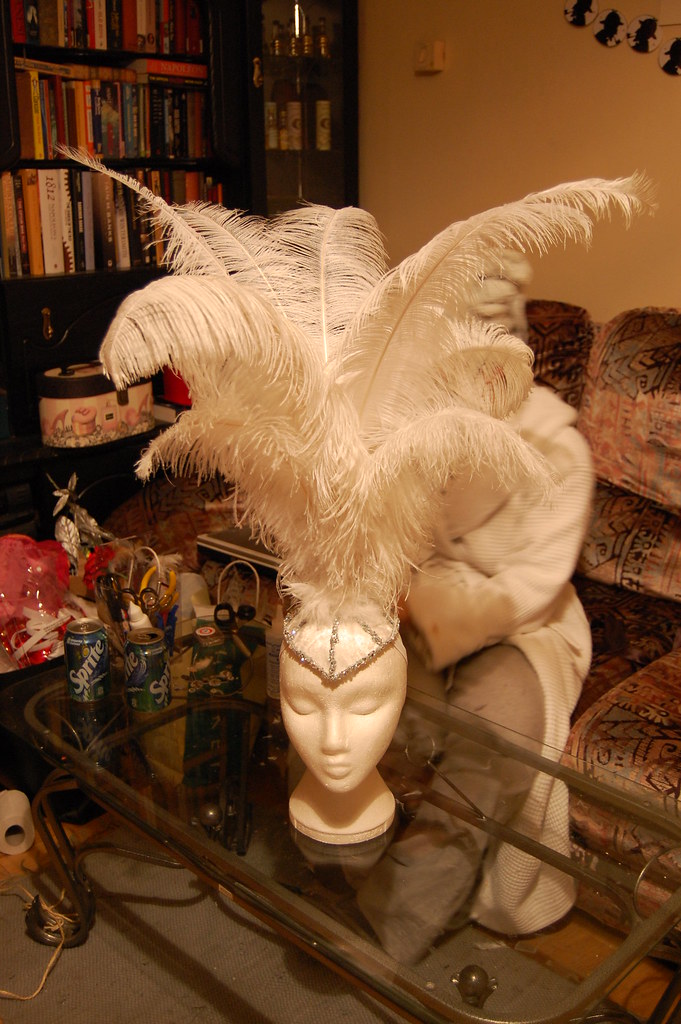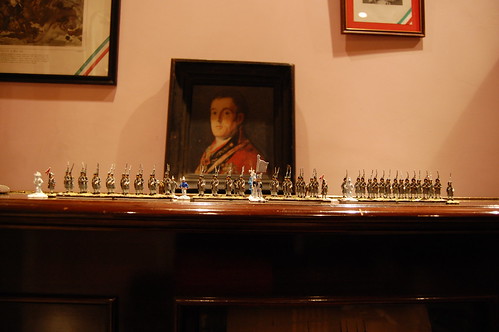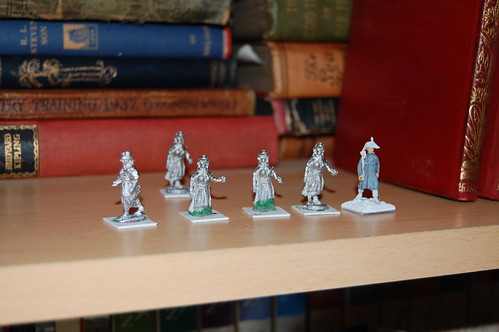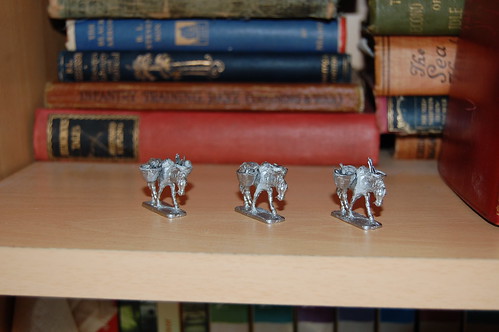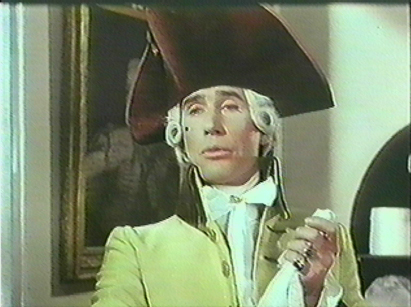
The Sack of the Murtzbad, 1290.
An anachronistic depiction of the sack of the port of Murtzbad during the crushing of the Old Believers by Simon the Tall.
Painting by the Dutch master, Pieter Brueghal, 1525 - 1569.
The story of the coming of Christianity and civilization to Ruritania is a long and doleful one, signposted by martyrdom and hallowed by the blood and suffering of the faithful. Though there had been some glimmerings of hope in the days of the Roman Empire when the mercenary spearmen of the Ruritannii flocked to the banner of Ammanius, the true faith made little impression upon them. It is to be remembered with great regret that the first two recorded missionaries sent from the court of Charlemange were most barbarously handled and ended their days impaled upon oak trees in a manner consistant with the piety of that rude and savage people. Their names have been lost to us, but their sacrifice is still remembered at the feat of All Hallows when their images are hung from trees and a Mass is sung in their honour in the Cathedral at Strezlau.
The next recorded missionary, Brother Cathal of Clonmacnoise enjoyed some limited success. The learned brother, who was a man of some education and great parts, won by his skill and wit, the toleration if not the acceptance of the Christian faith. The tribes united under King Ulric the Bad made war on their neighbours with vigour and made use of the accounting skills of Brother Cathal, but regrettably when King Ulric was most treacherously, but well deservedly slain, his successor did not look kindly upon the man who had helped his predecessor enumerate his subjects and organize their taxation. Brother was burned alive in a fire kindled with his own books.
Others followed his example with similarly unpleasant results, until it became clear that the cross was not to be brought to Ruritania except by the sword.
Frankish friars from the court of Charlemange – Impaled on oak trees
Cathal of Clonmacnoise – Burned alive
Duirmuid of Glendalough – Sawn in half
William of Trent – Hung from an oak tree
Brother Cian of One Eye – Boiled alive in the King's beer
Two unknown monks from Rome – Thrown down a well
Peter of Venice - Drowned in the King's bathwater
Cecilia of Paris – Ravished and insulted
Ethel the Good - Ravished and insulted
Monique the Chaste - Ravished and insulted
Jasper the unready - Insulted and ravished
George of Nantes – Worried to death by the King's hounds
Peter the Simple – Beaten to death by the King's Fool in an argument over an orange.
Roger of Berwick – Done to death by bees.
Simon of Knossos – Starved
And so it was when the Grand Master of the Teutonic Knights, Herman von Salza, having completed the conquest of eastern Prussia declared a new campaign against the barbarous slavs and sent an army composed of his bravest retainers to subdue the Ruritanians. The knights, led by Lothar the Good, took the field against the tribesmen and levies of King Kubar the One Eyed.
Kubar's control over the tribes was loose and he was forced to give battle before his forces were fully mustered. The two armies met at Danisova (Danis's river) and a great battle was fought.
From the histories of Sir Adam of Venice written by Father Mikhail the Short.
"The shields of the barbarians were as an iron wall and they stood impervious to the blows of the knights. Many gallant knights and gentlemen of quality fell before their terrible axes. The air sang with bolts and arrows and many fell dead, and it seemed that victory lay with the heathen, when King Kubar was struck down by the Almighty. He became dumb, his face dropped and he became blind in one eye. He could not bear his axe and suffered it to fall to the ground.
This sign of the Lord's wrath threw the camp of the heathen's into confusion. Some cried that the King was dead, some that he lived, some for water and still more for their gods to save them. The knights took heart and gathering themselves into a mass charged. Luther the Good was at its head with his brother Simon and their confessor, Father Alexander and many other Lords and men of quality. They trampled the barbarians beneath their horse's hooves, until they reached the bodyguard of the King.
But around Danis's hill, the royal guards stood firmly about the fallen King, who was still twitching with Divine vengeance for his sin of pride in resisting the True Faith. Never did men stand so bravely in so ill a cause and they sold their lives dearly. Luther and Alexander fell with many dead about them and the day looked black again.
However, there arose a champion from amongst the ranks of the knights. He was Rudolph the Red, of Elphberg, a poor knight of humble means, but ancient family. He was as terrible in battle as he was meek in his manner and his disposition was so sweet that all who know him loved him.
Rudolph, who had led the charge on the barbarians left wing, turned upon their centre and drove them before him. They were trapped against the banks of the Danis and were slaughted and lay in great heaps upon the ground. There then arose a great roar from King Kubar's guards standing about Danis's hill and hearing it the brave Sir Rudolph, taking arms, flew to the aid of his fellow knights.
Caught between Simon, brother of Luther, and the fury of Red Rudolph, the last guards were cut down and died to a man at the side of their King..
And so the battle was won and the heathen power cast down in the Kingdom of Ruritania."
However, those chieftains that had escaped the great slaying on the riverbank would not accept the verdict of God or battle and retreated to their fastnesses.
The struggle that followed was both long and cruel. While some of the Chieftains could be persauded to see the light of Christ, many more refused to give up their ancestral worship, which depraved though it may have been was the worship of their forefathers.
The result was not a happy one, what could not be won by reason and revelation, had to be won by the sword. There followed a dark time where knights who had hoped to win by their struggles both a kingdom for the Lord and for themselves, a little peace, were forced to take up arms again.
The heathen chieftains stood at bay and ferocious though they were in battle, they had no idea of combinations or strategy. Thus when one of their number was attacked, they would keep to their own lands and were therefore crushed one by one. Even so the crushing was neither swift nor merciful and for every chieftain that capitulated there were three that fought to the bitter end. Once their chiefs had fallen, the common people took to Christianity and thoguh there were two uprisings within living memory of the conquest, the faith which had cost so much to plant, laid deep roots.

